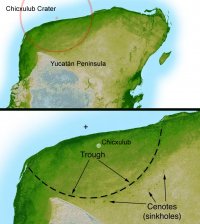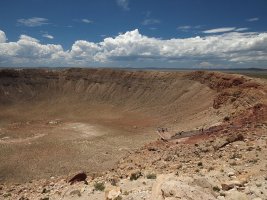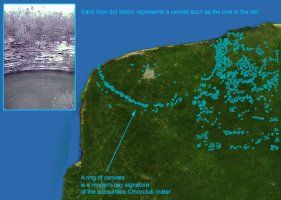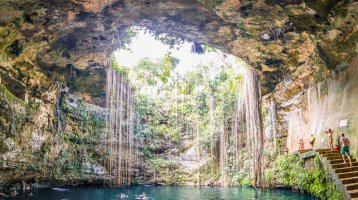the second tells them that fractures have been done via tools, while corps were still fresh.
Except that it doesn't tell them. They have not investigated other possibilities as to what may have caused to fractures.
the second tells them that fractures have been done via tools, while corps were still fresh.
Cool, a tourist bait!https://www.cbc.ca/news/technology/oldest-intact-shipwreck-1.4874341
The anoxic waters of the deep Black Sea have become a jewel for preserving ancient nautical wrecks, and this one...wow. I can't believe how intact it is.
Interesting thread. On a related note, my dad was - he has just retired - a Professor of Archaeology (expert in the Roman world). It was fascinating to see some of the Roman ruins he discovered with other people over the years.
You don't need to tell me his name, but maybe some of his work? There's a good chance I'm familiar with something of what he did.
The excavations and his subsequent role as archaeological director of the Roman villa of La Olmeda, in the north of Spain, are his most notable contributions to the field, or at least the ones that are easier to google!
 It's quite a spectacular find though, and at least one of the mosaics looks sort of familiar to me.
It's quite a spectacular find though, and at least one of the mosaics looks sort of familiar to me.Okay, in that case probably not, because if he's the guy I found and think he is all his publications are in Spanish.
 You are right; all scientific publications are in Spanish. If there is something you are interested in, I might be able to help with translation, work commitments permitting.
You are right; all scientific publications are in Spanish. If there is something you are interested in, I might be able to help with translation, work commitments permitting. It's quite a spectacular find though, and at least one of the mosaics looks sort of familiar to me.
Incidentally, I'm also from an archaeologist family. My grandfather was quite renowned in his field, and I'm drawing a lot from him in my current work.

The grave also functions as a proof of how non-binary people could have been valued and respected members of their communities.




I'll check it out when I get the time. I've seen a few articles of sites in Guatemala being discovered through thermo imaging, GPS, and radar, because the jungle is too thick to explore.About Amazonian /Mexican settlements /cities now covered by the jungle. Stefan Milo explores the content of 3 papers, most recent being published on January 2024
@Onhell
